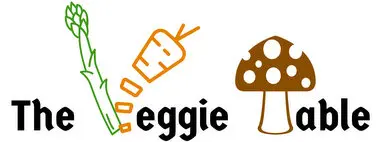A vegetarian diet can be very healthy, but it is not inherently so. Just cutting meat out of your meals does not automatically assure you all the benefits of the vegetarian diet – in order to be healthy, you need to eat healthy food, vegetarian or not.
The first and most important characteristic of a healthy vegetarian or other type of diet is a wide variety of food. Eating lots of different foods ensures that you get the nutrition you need and that no single food serves as your sole source of a given nutrient. In addition, eating too much of a single food can cause your body to develop sensitivity to that food, which can eventually lead to an allergy.
The vegetarian food pyramid, created by researchers at Arizona State University, provides guidelines to the daily amounts of different foods needed for a healthy vegetarian diet.
|
*These are not the only sources of protein, but they are particularly rich in it. See my article on vegetarian protein for more info.
I am still partial to the food pyramid, even though the USDA officially replaced it with ChooseMyPlate in 2011:

